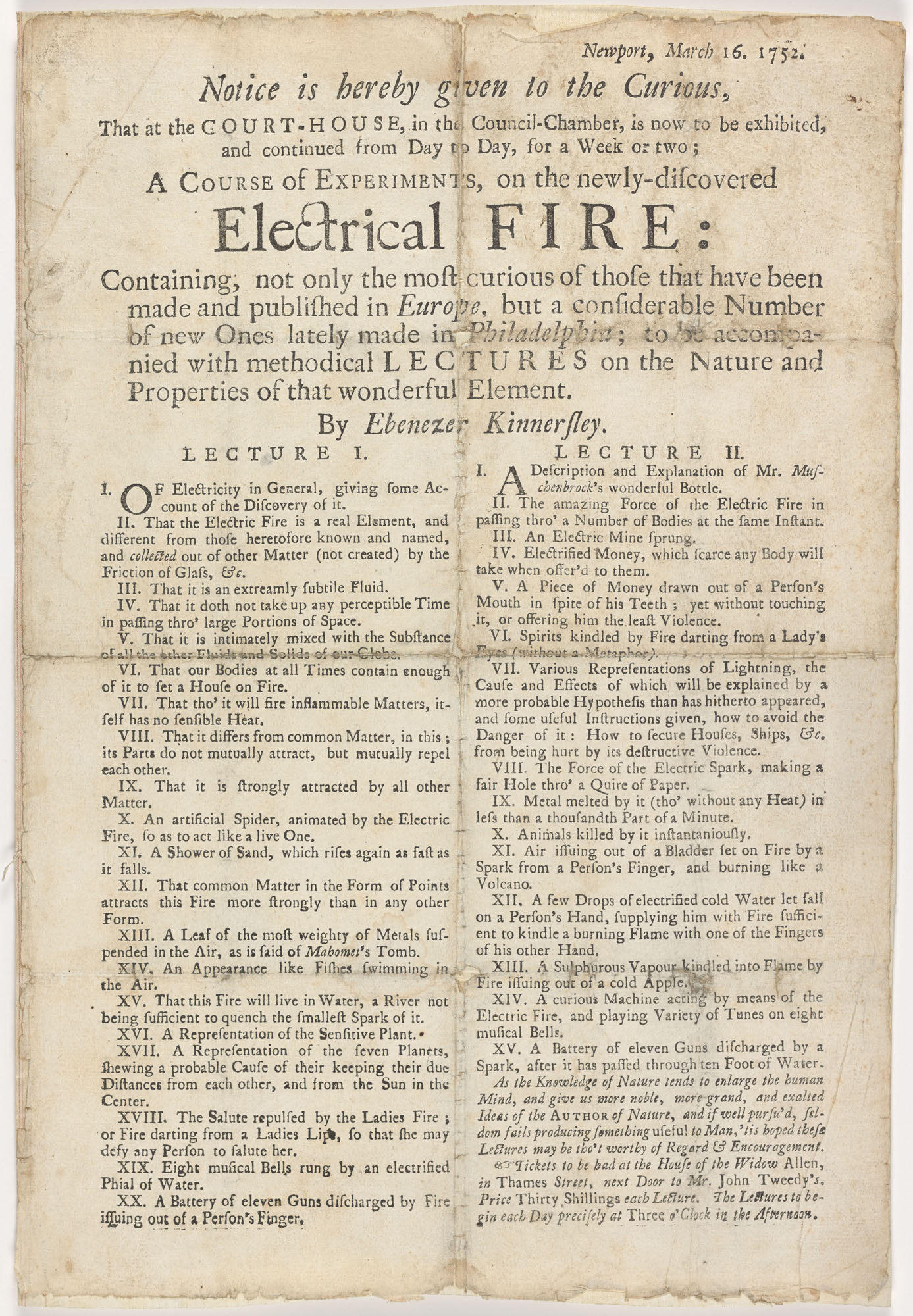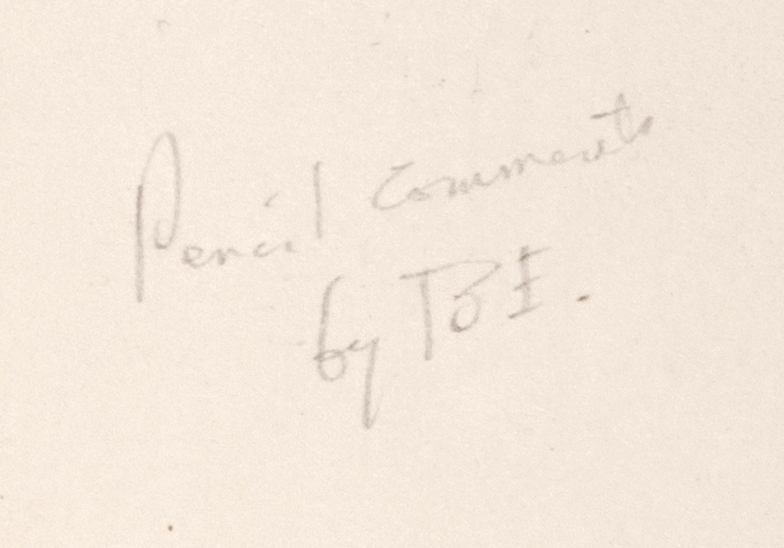Photographing Clara
May 31, 2013 by lelgin | Comments Off on Photographing Clara
As a followup to last week’s post about John Hay, I thought it would be a good time to discuss photographing the portrait of Clara Stone Hay. The wife of Brown alumnus John Hay, Clara Stone Hay’s portrait hangs in the John Hay Library, where the university’s special collections are housed. I was charged to photograph the portrait for the 2010 edition of Special Collections of the Brown University Library: A History and Guide.
Photographing the portrait was no easy feat. The painting had to be photographed in place; it is too large and too heavy to move for photography. This made controlling many aspects of the lighting incredibly difficult. The painting is done in oils, which have a reflectance that can range anywhere from a slight slimmer to a strong glare. Additionally, the painting is behind glass – and decidedly not the anti-glare variety. Both these obstacles can be dealt with through careful placement of the lighting, including adjusting the angle and directionality of the lights to minimize reflections. However, this painting is in a marble hallway, with windows and reflective surfaces at every turn. While no windows shine directly onto the painting, the light that they bring into the hallway not only interferes with the lights I had brought to illuminate the painting, but they also create hot spots and highlights on the work itself. The other paintings and objects in the hallway also create their own reflections in the glass.

The hallway in the John Hay Library where the portrait of Clara Stone Hay was photographed. Clara’s portrait is top right.
I’m a big believer in preempting as many imaging issues as possible during the actual capture. Because I had scouted this painting beforehand, I knew about the glass and the lighting issue. The primary challenge with the painting being behind glass is that there’s no way to photograph the painting straight on, without myself or the camera (or both) being directly reflected in the image. I brought in my tilt-shift lens (also called perspective control, described here) so that I could photograph the painting from the side.
The t-s lens allows the photographer to photograph an object from the side, above, or below, with keeping the lens parallel to the object (otherwise, we would see great distortion). This is called shift: the lens and film plane/digital sensor are parallel to the object and to each other, but the image circle shifts within the camera, allowing you to capture a different area of the scene than that which is directly in front of you.
I took multiple shots with the tilt-shift lens, bracketing for exposure. I was able to capture a faithful reproduction of the painting, which required very little processing. I had to fix some minor distortion on the right side of the frame – an artifact of the lens not being 100% parallel with the painting. I also had to reduce some of the reflections on the painting which were unavoidable – the painting opposite that of Clara could not be moved, and could not be removed during capture. The progress of these changes and the final version are shown below.















